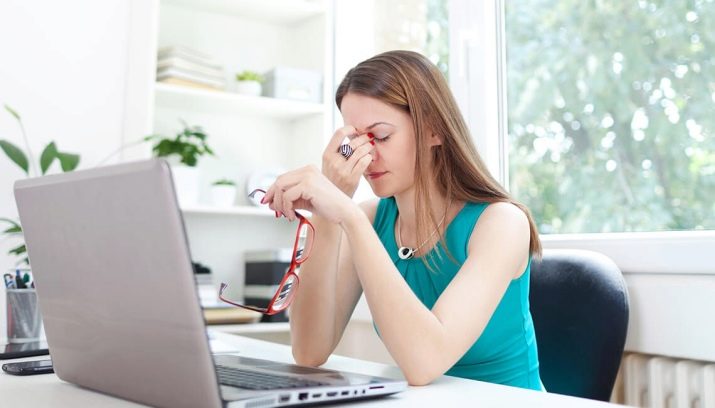Photophobia: signs, diagnosis, treatment
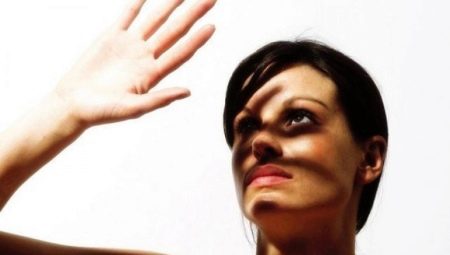
Waking up from the bright sun, which shines directly in the eyes, gives great pleasure to someone, but not to someone. It all depends on how a person perceives this world. When he leaves a dark room and bright rays fall on him, he begins to frown. This is a completely normal reaction of the body. But if a person begins to have an unpleasant sensation, then such a symptom needs to be paid attention to. He may be developing photophobia.
What is it and the reasons
The unpleasant and painful feeling when light hits your eyes is called photophobia. It is accompanied by a spasm of the eyelids, pain in the eyes, lacrimation. It occurs as a result of an eye disease or after visiting an ophthalmologist. During the examination, the doctor instills a special solution into the eyes, which dilates the pupils. After that, the person cannot look at the bright light. But these symptoms go away quickly.
Also, the cause of photophobia can be glaucoma and increased intraocular pressure.
Colds contribute to the development of photophobia. It can occur due to taking medications and due to cancer.
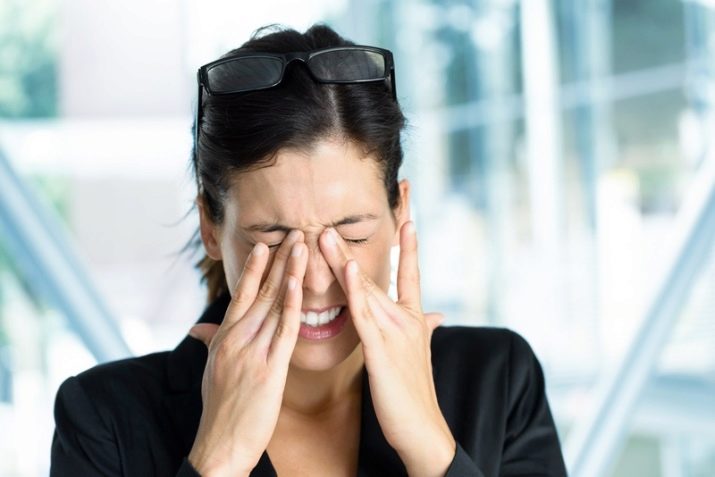
There are other reasons for the appearance of this disease. For example, if an individual has been infected with an infection such as measles, rubella, meningitis, rabies. Then, along with such a symptom, the temperature may rise and a fever may begin.
Photophobia can also be caused by a foreign body entering the eye. In fact, the fear of light directly indicates the signs of a disease. When the nervous system is affected, the symptoms can be as follows: headache, blurred outlines of objects, dilated pupils.
When the retina is irritated by light, discomfort occurs in the eyes. If a person is completely healthy, then the constricting muscle of the pupil works without interruption. It is the constriction of the pupil that makes it possible for our body to protect itself from the ingress of too bright light into the organ, which is directly related to brain activity. If the eyes are suddenly irritated, then the brain begins to immediately respond to this stimulus. Hence, various unpleasant symptoms arise.
By and large, there can be many reasons for the occurrence of photobophobia. There are two types of this disease.
- Congenital Photophobia occurs when the body lacks such an important substance as melanin. The eyes look red due to the fact that the iris is transparent and blood vessels are visible through it. Hair and skin are also devoid of characteristic coloration.
- Acquired photophobia can appear as a result of various diseases.
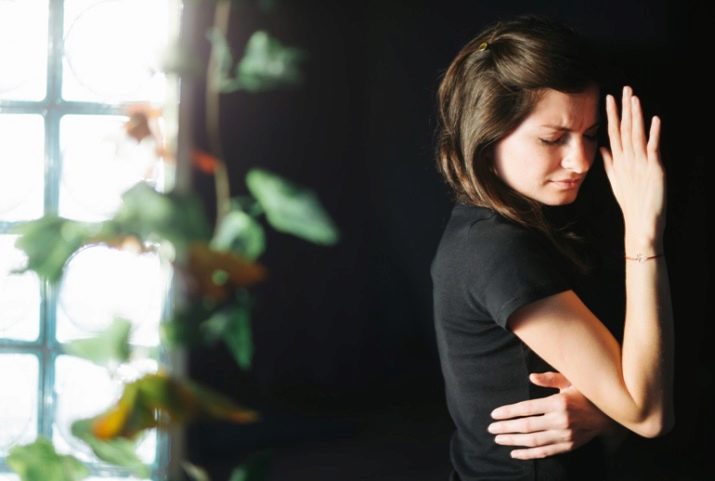
Photophobia in children and adults
If we talk about children, then the first cause of this disease may be congenital. As mentioned above, this is due to a lack of melanin in the body. But most often, a child's phobia occurs in a child against a background of various diseases (detachment of the eye retina, solar or thermal burn, surgery).
There are also congenital childhood pathologies. Partial or complete absence of the iris - aniridia. By the way, it can also occur as a result of injury. This disease includes concomitant changes: underdeveloped retina, corneal opacity, nystagmus, decreased visual acuity.
The same symptoms can occur in an adult if he suffers from any disease. An exception here may be wearing contact lenses if they are not fitted correctly.
Dry eye syndrome is another cause of photophobia.
However, it should be remembered that photosensitivity is a common anomaly. The appearance of a bright light after a long stay in the dark will surely occur, even if the person is completely healthy. After the sudden appearance of light, the pupil does not have time to focus, so this effect occurs.
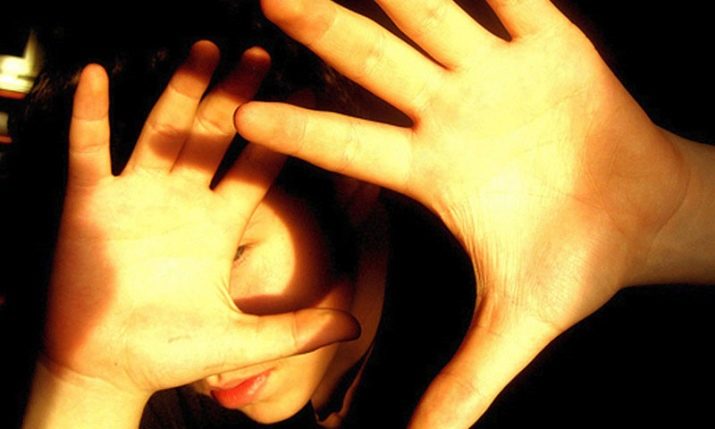
A healthy person may have photophobia for a short time after waking up. Deviations are also possible during prolonged reading or as a result of working on a computer. You should not take such manifestations seriously if they occur infrequently, but if these symptoms recur repeatedly, then you should consult a doctor.
It is possible that a person develops damage to the nervous system. This can manifest itself with a head injury or with various brain tumors. This condition is called "meningeal syndrome". It is characterized by nausea, headache and, of course, photophobia.
With a brain injury, such a pathology can be diagnosed very quickly, since there is a reason, and it is known. Other diseases, such as abscess, tumor, parasitic cyst, are quite difficult to diagnose. Here it is necessary to look at the accompanying symptoms, for example, when the headache is accompanied by vomiting, which brings short-term relief. The intensity of just such a state directly depends on the position of the head. It can be horizontal or vertical.
It must be remembered that photophobia in the presence of serious diseases (brain tumors, cysts) is only one of the additional factors that lead to increased headache. And if photophobia is accompanied by other symptoms - dizziness, paresis, convulsive seizures, impaired sensitivity - you need to understand that we are facing a person with a serious illness. That's why for any manifestations of this kind, it is necessary to undergo an appropriate examination. And if any diagnosis is confirmed, it is necessary to start treatment.
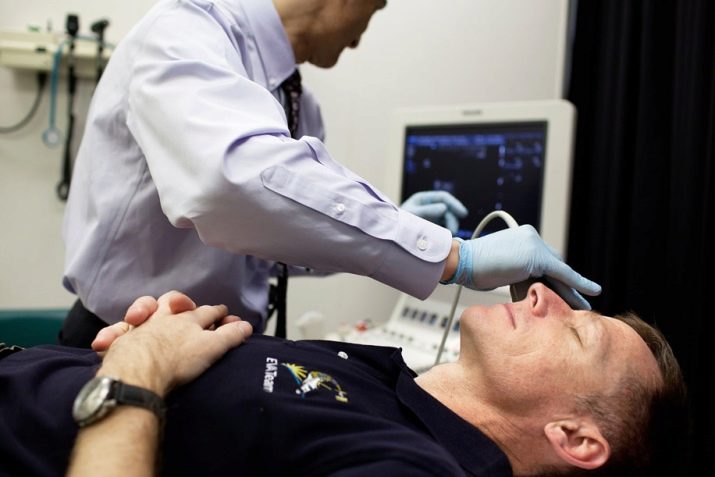
Treatment
It must be started without delay, otherwise your ailment will take the form of chronicity, and then, when the condition worsens, it will lead to a complete loss of vision. Besides, as a result of running, a person may develop heliophobia. It represents a panic fear of daylight.
Patients with heliophobia experience severe stress before going outside, where the sun is shining. They are afraid of the characteristic cramps and pain in the eyes. These symptoms are caused by sunlight. This disease is also accompanied by tremors in all limbs, dry mouth, dizziness, severe headache, arrhythmia attacks, hysteria, nausea or vomiting, panic attacks, increased heart rate and breathing.
Therefore, these symptoms should not be ignored. You must first identify the cause that provokes the phobia. If a person has these symptoms after injury or as a result of inflammatory processes, then it is necessary to eliminate the cause that has arisen. Then everything will fall into place.
If the phobia started as a result of an infectious disease, then it will go away as soon as the person begins to recover.
In order for a patient with photophobia not to experience unnecessary suffering, the following can be recommended to him.
- At this stage, there are photochromic lenses that are sold in specialized institutions - they will help. Just keep in mind that you need the correct selection of such lenses.
- If a person is afraid of the sun's rays, then he needs to wear light-protective glasses. It is necessary to buy this product in specialized stores, as they must contain glasses that protect against ultraviolet radiation.
- You need to carefully monitor your hygiene. Any infection can provoke a deterioration in the condition of a sick person.
- Individuals with dry eye syndrome should use moisturizing drops of impeccable quality.
- Working with a computer is another reason. Therefore, it is necessary to take breaks during this activity, do physical exercises and gymnastics for the eyes.
